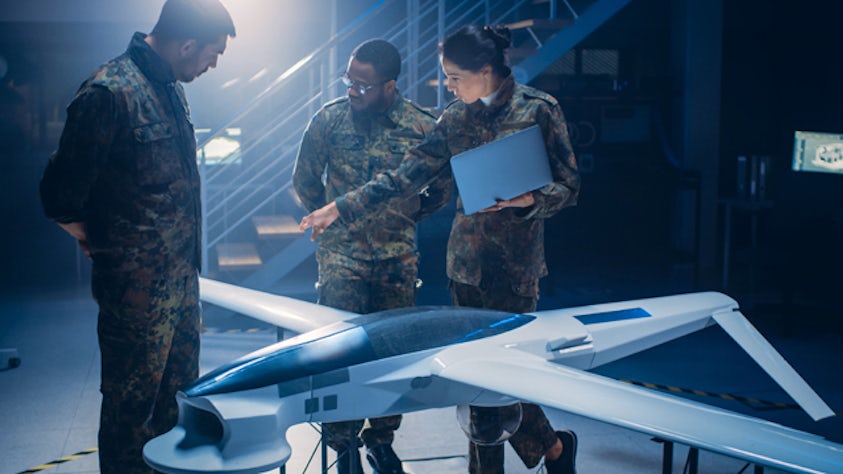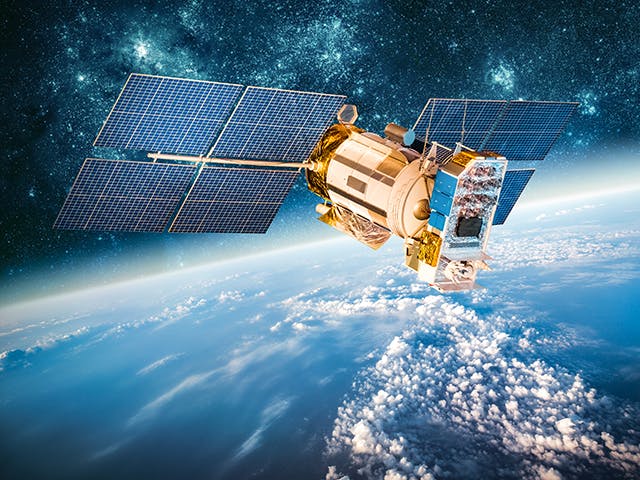La metodologia di ingegneria della missione consente alle aziende di orchestrare programmi altamente tecnici in modo più efficiente ed efficace. I principi dell'ingegneria digitale dovrebbero essere utilizzati quando si conduce la ME per gestire lo sviluppo di sistemi complessi in relazione a obiettivi critici. Questa metodologia è un complemento naturale all'ingegneria dei sistemi basata su modelli (MBSE). Nella Mission Engineering Guide, il Dipartimento della Difesa degli Stati Uniti spiega che la metodologia di ingegneria di missione opera su tre assi: tempo, complessità e rigore analitico. Il documento identifica diverse domande utilizzate per chiarire gli obiettivi nel processo ME:
- Qual è la missione?
- Quali sono i suoi confini e come deve interagire con le altre missioni?
- Quali sono le sue misure di performance?
- Quali sono le lacune nelle capacità di missione?
- In che modo le nuove capacità possono cambiare il modo in cui combattiamo?
- Cosa significano i cambiamenti nelle capacità o nei sistemi per le missioni e le architetture?
- Qual è la sensibilità delle prestazioni della missione alle prestazioni della tecnologia, dei prodotti e delle capacità che lo compongono? In che modo le nuove funzionalità si integrano al meglio con i sistemi legacy o li sostituiscono? E come possiamo ottimizzare questo equilibrio per fornire le capacità integrate più letali e convenienti per ogni particolare missione?
Che cosa supporta una piattaforma di ingegneria di missione?
Una piattaforma di ingegneria di missione è vantaggiosa sia per la ME che per l'ingegneria dei sistemi. ME si sposa bene con i metodi di ingegneria dei sistemi utilizzati per definire il sistema conforme alle esigenze della missione. Entrambe le discipline condividono metodi e tassonomia simili, con una focalizzata sulla definizione della missione e l'altra sulla definizione del sistema.
Secondo il Dipartimento della Difesa degli Stati Uniti, "ME è il sottoelemento tecnico della gestione dell'integrazione delle missioni che fornisce prodotti ingegneristici per informare il processo dei requisiti, guidare i prototipi, fornire opzioni di progettazione e informare le decisioni di investimento". Una piattaforma di ingegneria di missione supporta le parti interessate "nella formulazione di dichiarazioni di problemi, nella caratterizzazione delle missioni, nell'identificazione delle metriche di missione e nell'utilizzo di modelli per analizzare le missioni".
L'ingegneria di missione viene utilizzata al di fuori delle operazioni di difesa?
L'ingegneria di missione è nata come sottodisciplina dell'ingegneria dei sistemi all'interno del Dipartimento della Difesa degli Stati Uniti. Da quando è stata formalizzata a metà degli anni 2010, la sua pratica e la sua adozione si sono espanse in settori che vanno oltre le operazioni di difesa. Poiché si tratta di una metodologia vantaggiosa per le aziende che posizionano i prodotti nel contesto di problemi operativi complessi e in evoluzione, la ME continua a guadagnare terreno tra gli ingegneri di sistema in organizzazioni con e senza legami con l'industria della difesa.

